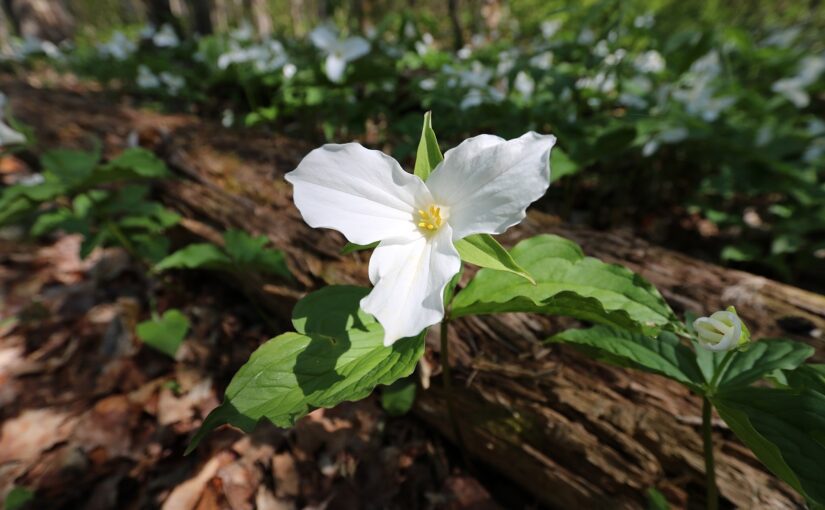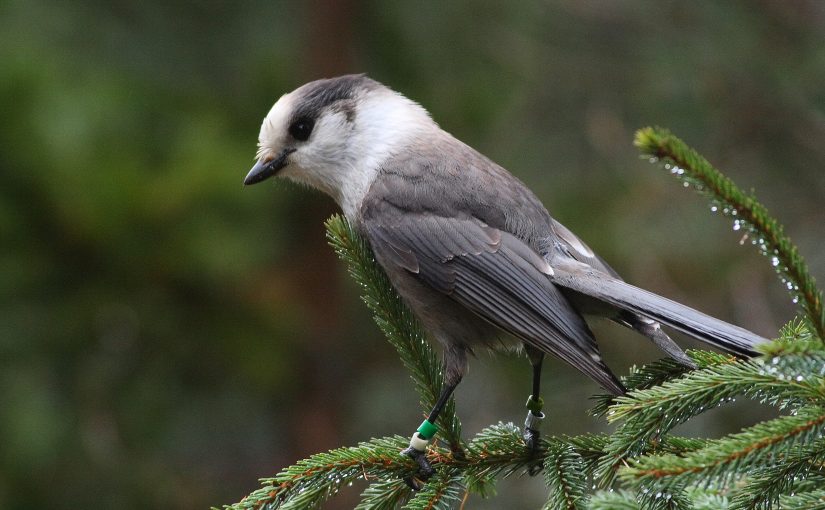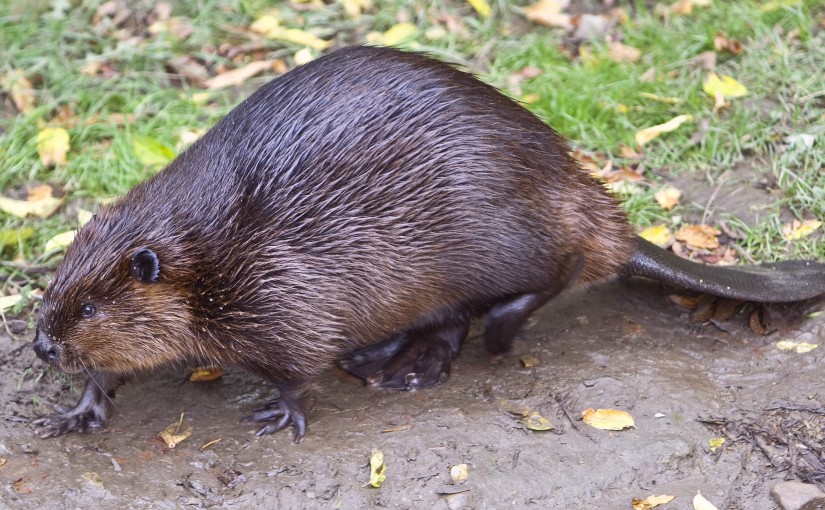Today’s post comes from Assistant Zone Ecologist Pilar Manorome.
Spring is probably my favourite season as it brings new life to our parks in the form of migrating birds and emerging spring ephemerals, giving our forests their long-awaited pops of vibrant colours and contrast.
Most people know of the White Trillium — also referred to as Wake Robin or Large-leaved Trillium — as Ontario’s provincial flower. This is the flower featured on many of our provincial documents, from health cards to driver’s licenses.
Here are the top five fun facts about this iconic Ontario species:


